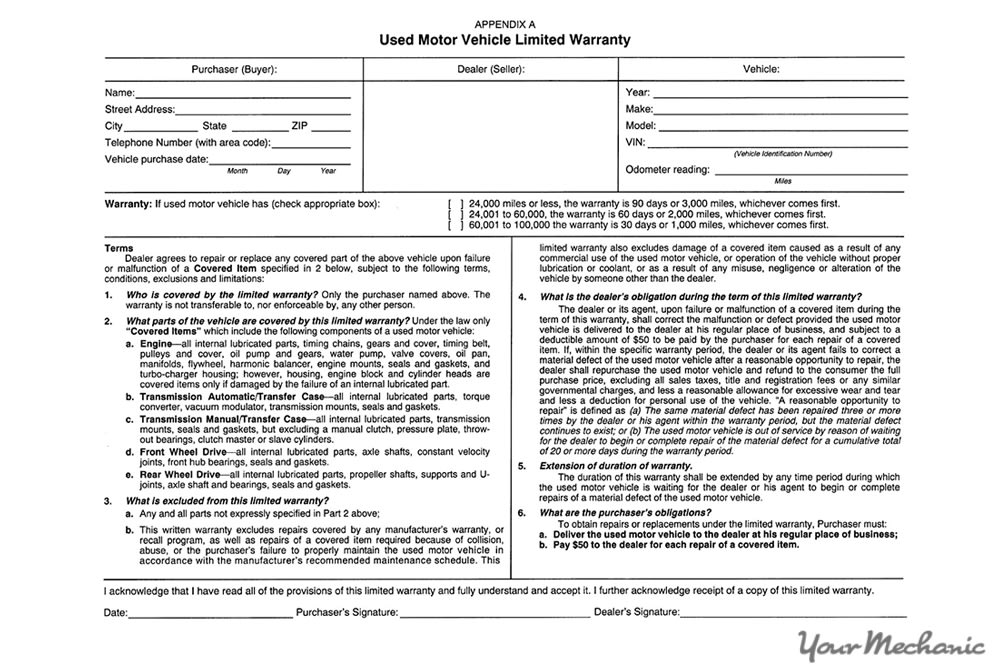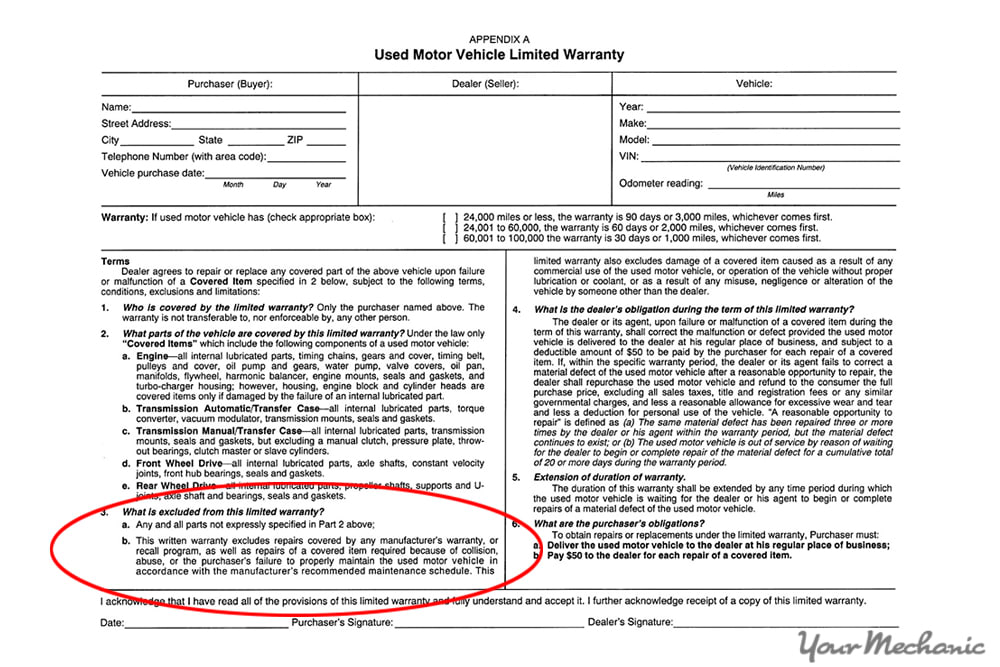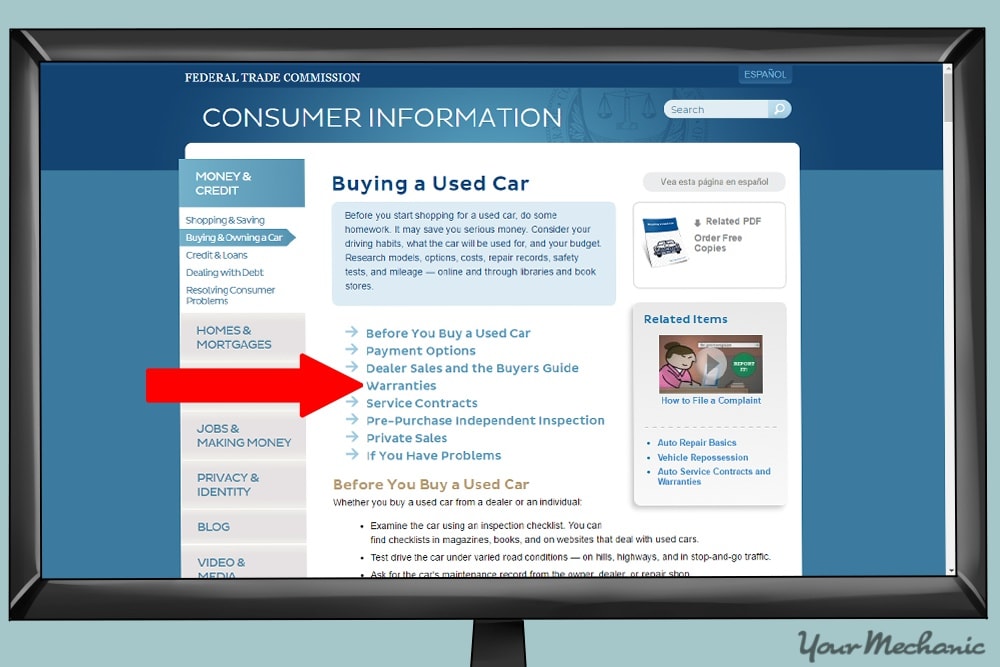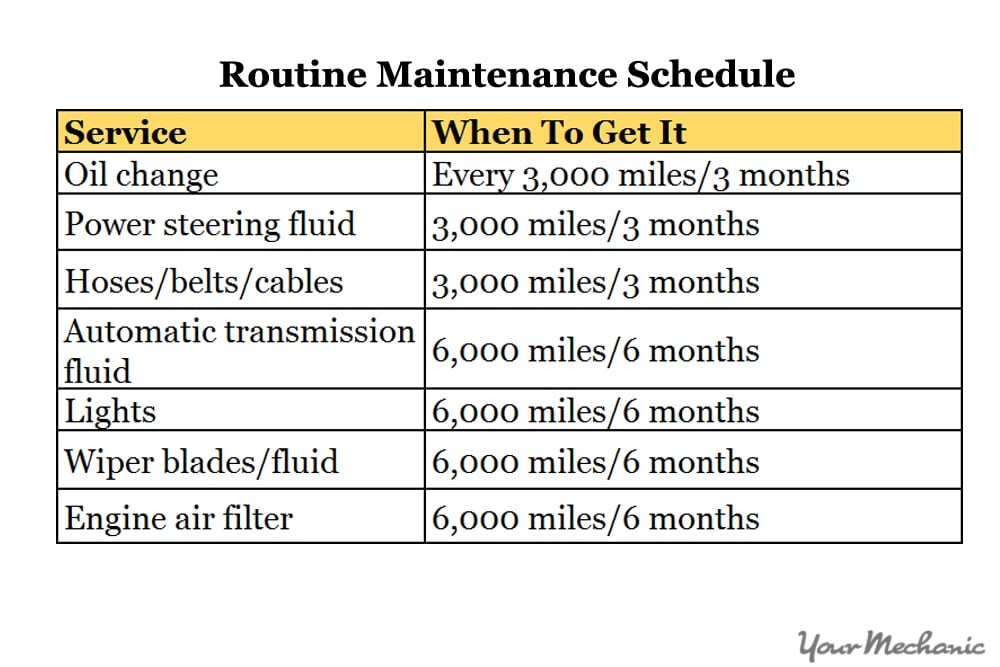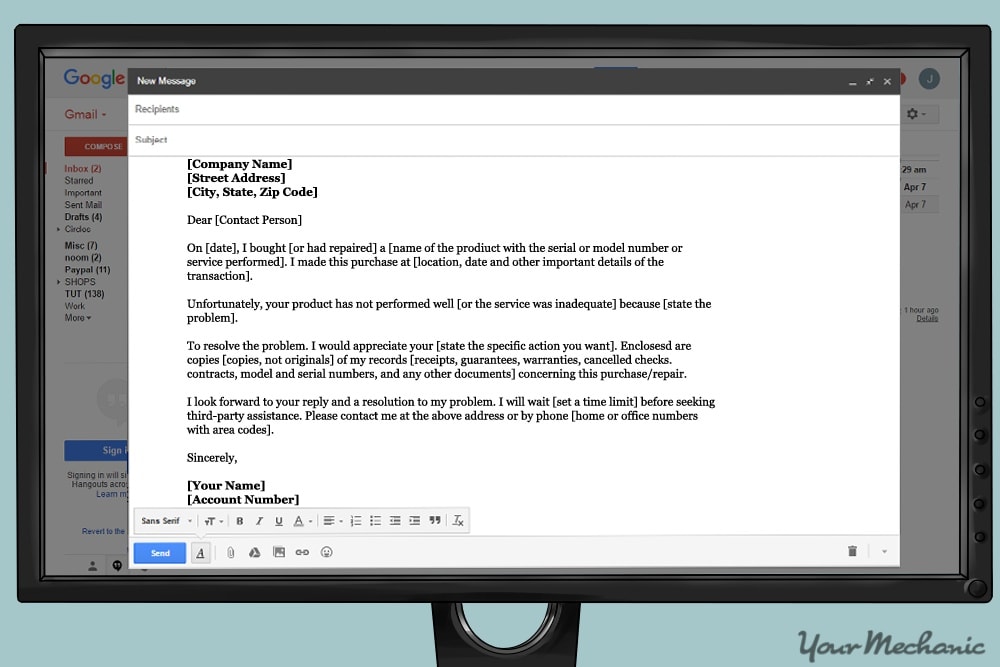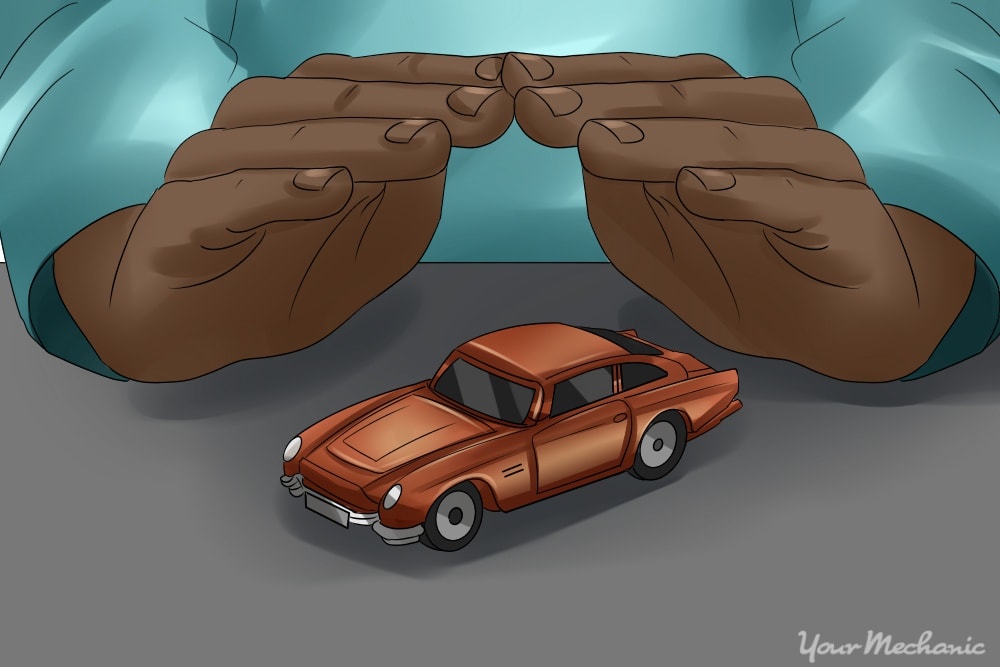

Overtime, car maintenance is required on all vehicles, and having a good warranty can come in handy when your car needs some replacement parts or service. Most warranties cover a number of different repairs within a certain timeframe after the car is purchased. However, knowing how to get your warranty honored is a crucial step in guaranteeing that you’re receiving the coverage you’ve been promised. Dealer warranties can vary substantially from manufacturer warranties so know which one you have.
Below are a few simple steps to show you how to cover your bases when using your warranty and ensure that it will be honored when the time comes to use it.
Part 1 of 4: Understand the terms of your warranty
One of the most important steps in using your warranty is understanding its terms. A warranty is basically an agreement between a car owner and the company that makes the car. Each warranty will have certain conditions a car owner must follow in order to keep the warranty active.
Step 1: Read the entire warranty. Be sure that you understand all of the terms and what actions might void the warranty in the future. It’s usually included with the owner’s manual.
Below are some common terms of the agreement that might be useful to look for when reviewing your warranty:
Term 1: Fluids. Be sure that you understand which fluids your warranty requires for your car. Car manufacturers can deny a warranty if you haven’t been using the recommended maintenance schedule, for example. Check for how often a manufacturer suggests having your fluids changed to be sure that you follow their suggestions.
Term 2: Modifications. Look for any terms regarding modifications to your car or truck. Typically, car manufacturers won’t honor warranties if you’ve made modifications to your vehicle that resulted in part failure. This includes body, engine, and tire modifications.
Term 3: Time. Unfortunately, warranties don’t last forever. Make sure you know how long your warranty lasts.
Term 4: Exclusions. Look for any services or parts that are excluded in the warranty. Wear and tear is often included in exclusions.
Term 5: Service. Understand how the warranty will cover repairs and service, especially noting whether they require you to repair it first and submit a bill so that they can refund you the cost of the service.
Step 2: Ask for clarification. If you don’t understand something in your warranty, be sure to ask for clarification from the warranty company.
- Tip: Refer to The Federal Trade Commission for federally mandated laws regarding all warranty.
Part 2 of 4: Follow the service schedule specified in your warranty
Most warranties require consumers to have their vehicles serviced at regular intervals. Make sure to follow this schedule otherwise your warranty may be voided.
Step 1: Service your car regularly. Have your car regularly serviced and be sure to use recommended products in your car.
Step 2: Keep your service records and receipts for all services. Having a folder specifically for these records is the best way to keep them in one place so that they will be easy to find if you need to present them when using your warranty for a repair.
-
Note: Many warranties cover brand specific parts and products. However, it is illegal for a warranty company to deny a claim just because you decided to use a recycled part or “aftermarket” part (an aftermarket part is any part that was not made by the car manufacturer). If the part was installed incorrectly, or malfunctions and damages another part of the car, then the warranty may be voided.
Part 3 of 4: Present your maintenance and repair records
When using your warranty for a repair, be sure to bring your records. If you can’t prove that your car was serviced at the recommended intervals and with recommended parts, then the warranty will not be honored.
Materials Needed
- Warranty
- Service records
Step 1: Bring your records with you to the dealership. This can include any paperwork you have for your car, including your title and registration.
-
Tip: Keep your records in an envelope so that they are easy to find. Make to gather them together before going to the dealership.
Step 2: Bring a copy of your warranty for reference. It’s a good idea to keep your warranty with other important documents, like your title and registration, or in the glove box of your car. It will be helpful to have the details of the warranty in front of you when you go to the dealership.
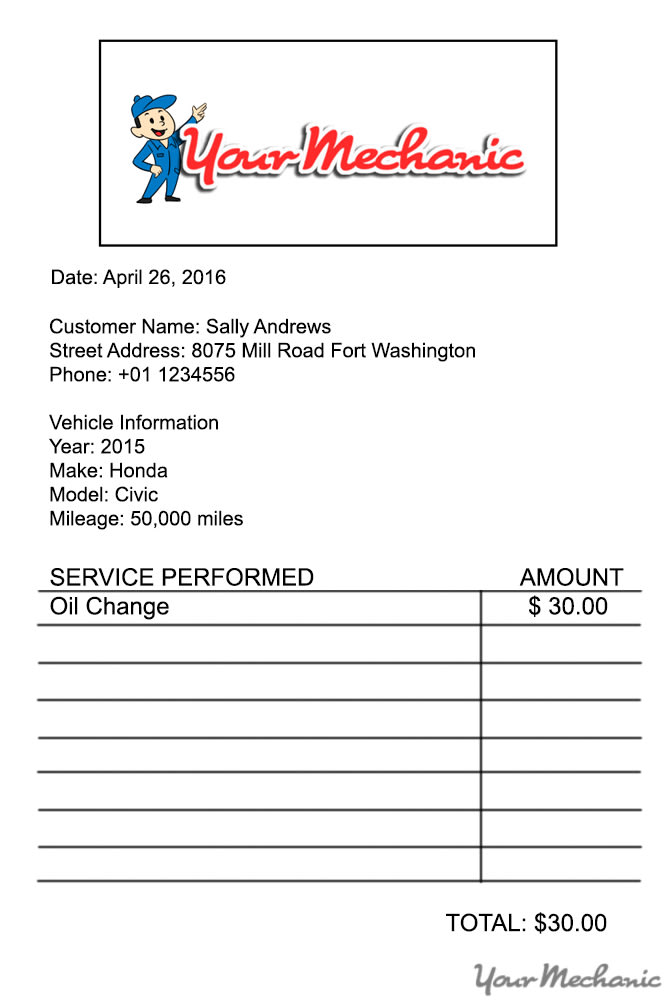
Step 3: Present original, dated copies of service done. You should be keeping all service record receipts after getting work done on your car, including routine maintenance like oil changes and fluid changes.
If you have any repair done, keep a receipt. It’s a good idea to keep them together in one place and bring them in an envelope with you to the dealership so that you have proof of any work done on your vehicle.
Part 4 of 4: Speak to a manager
If your warranty coverage is being denied, ask to speak to a manager at the dealership. Addressing the concern with management and presenting your records will help clear up any confusion about your warranty coverage.
Another option is to contact the warranty company. Addressing your concern directly with the warranty company over the telephone or written correspondence can help you clarify discrepancies regarding warranty service.
Step 1: Save letters or emails. Be sure to keep records of any emails or letters you’ve written to the warranty company. These records may come in handy later if you need them for any legal action.
- Tip: On top of keeping service records, you’ll also want to keep receipts for any repairs done aside from regular car maintenance. This is especially important for any work you have done outside of the dealership, such as a repairs done by one of our mechanics.
Warranties can come in handy when you need repairs on your vehicle. However, it’s important to read your warranty thoroughly so that you understand their terms and conditions. If you don’t, you may find that you’ve violated the terms or that you’re requesting coverage for a service or part that is not covered by your warranty. If you’re unsure of the terms of your warranty, be sure to ask someone from your dealership in order to get any questions clarified.


